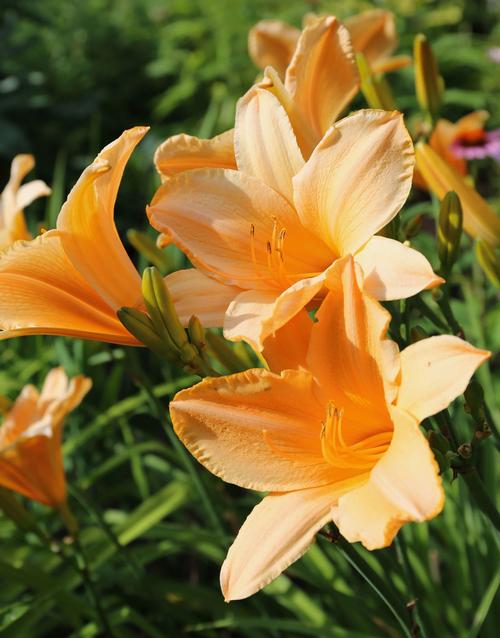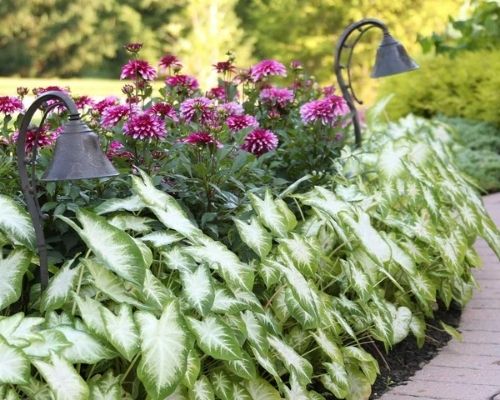Energize Your Garden With Orange Flowers
Orange is a color that’s not always easy to love — especially in a flower garden. It has a big personality and doesn’t seem motivated to blend in. This makes it challenging to use well, but very exciting when you get it right.
Orange is a color that’s fun and playful, happy and outgoing. Other words used to describe this hue include warm, vibrant, lively and energetic. By association, orange also conveys both energy (think basketballs, tigers and monarch butterflies) and caution (traffic cones, life vests and hunting jackets). And, like the fruit, the color orange also brings to mind freshness, vitality and good health.
On the color wheel, orange is a secondary color, which means it is made by combining two primary colors – red and yellow. True orange contains no blue, so there’s nothing to calm it down. It is undiluted energy and enthusiasm.
With a color this intense, using too much can be overwhelming. But when used effectively, orange brings all its best qualities to a garden and will elevate it in every way.
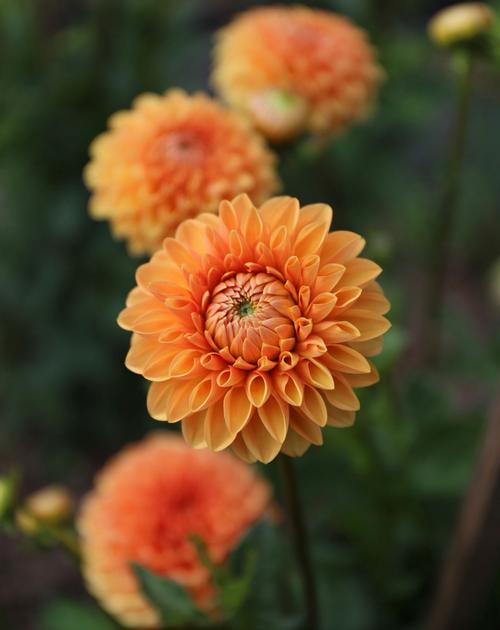
There’s nothing calming about orange. This is a color that grabs your eyes and holds your attention. In the landscape, orange flowers trick the eye and seem to come forward, appearing to be closer than they actually are.
On a bright, sunny day, when most colors look a little washed out, orange flowers seem to glow even more brightly. This is especially noticeable in the fall, when the sun is low in the sky and the light is golden. This is when orange flowers (and foliage) really come into their own.
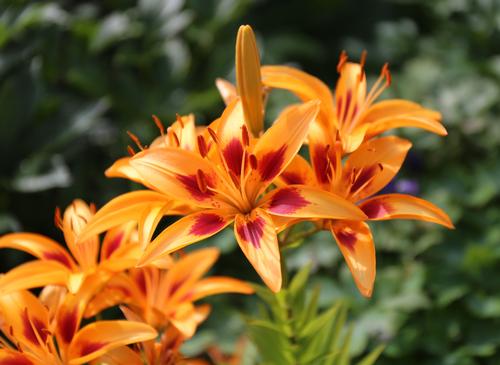
Getting Started With Orange Flowers
The color wheel can help you learn to love the color orange. Start with tints and shades. Tints are lighter than full strength orange, and include colors such as creamsicle, peach and cantaloupe. Flowers in these colors include the zinnias ‘Salmon Rose’ and diascia ‘Darla Deep Salmon.’ Try a melon-colored dahlia such as ‘HS Date‘ or the coral-colored calla lily ‘Natural Bouquet.’
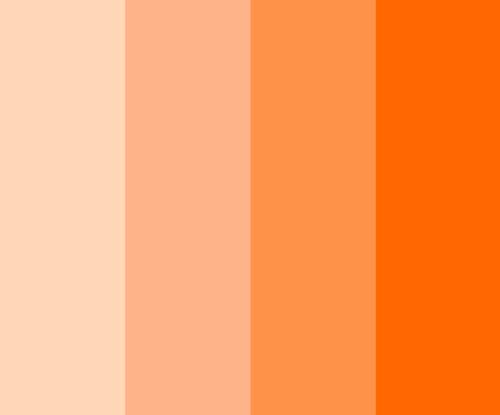
Shades of orange are darker, and include colors such as butterscotch and terra cotta. The foliage of the canna ‘Tropicanna‘ is a lovely combination of bronze and burnt orange. Echinacea are also available in several shades of dusky orange. Another way to mute the intensity of orange is to pair it with cream-colored flowers or plants with bronzy foliage.

Putting Orange to Work in Your Garden
If you’re ready to turn up the intensity, look to complementary colors. These are opposites on the color wheel, and when positioned side by side, they intensify each other.
Blue is orange’s complementary color, but in the garden that can be a bit of a challenge. There just aren’t many flowers that are true-blue in color. But colors that are adjacent to blue on the color wheel, including purple and violet, provide almost the same contrast.
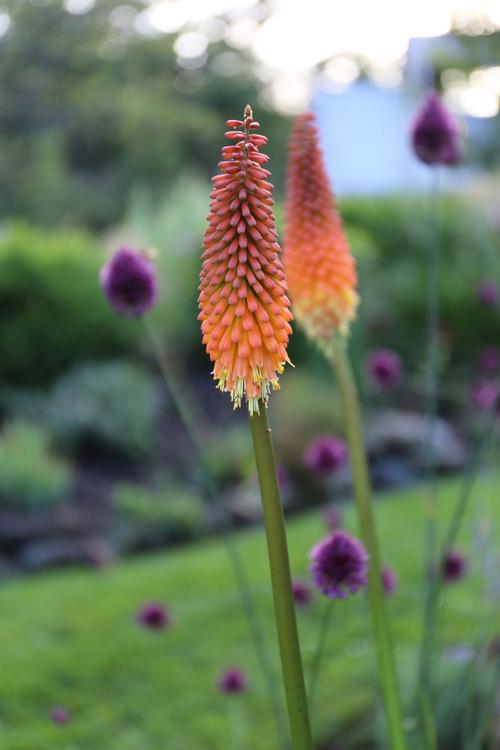
Yellow is another good companion for orange. It’s like adding a squirt of lemon, and will make your flower bed look even fresher and more zingy.
Both orange and hot pink are edgy colors and using them together will give you a look that’s modern and unexpected.
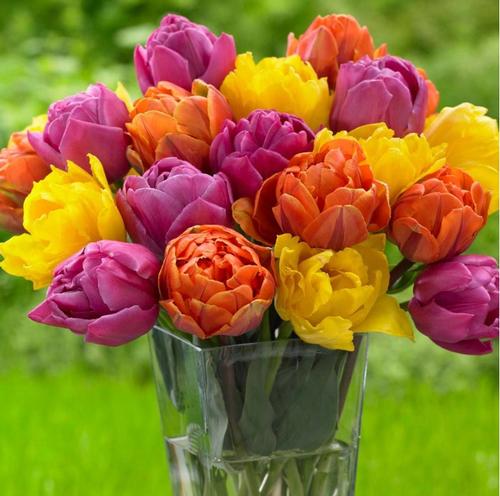
Suggestions for What to Plant in an Orange Flower Garden
Annuals
Calendulas, calibrachoa, celosia, cosmos, diascia, gaillardia, gerbera, lantana, marigolds, nasturtiums, osteospermum, poppies, thunbergia, tithonia, zinnias
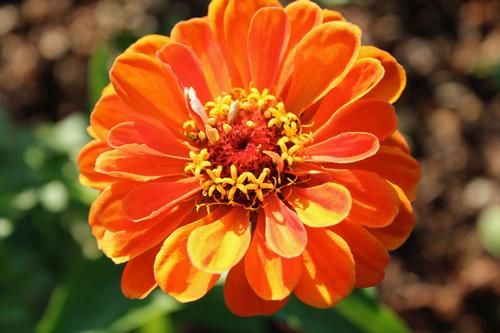
Bulbs
Cannas, daffodils, dahlias, gladiolus, kniphofia (red hot poker), lilies, ranunculus, tuberous begonias, tulips, fritillaria rubra maxima
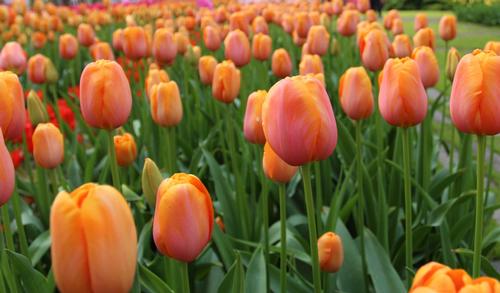
Perennials
Chrysanthemum, daylily, helenium, hibiscus, iris, trumpet vine
Want to learn more about using color in your flower garden? Read Garden Color 101, How to Use Pink in Your Flower Garden, and 6 Tips for a More Colorful Flower Garden
